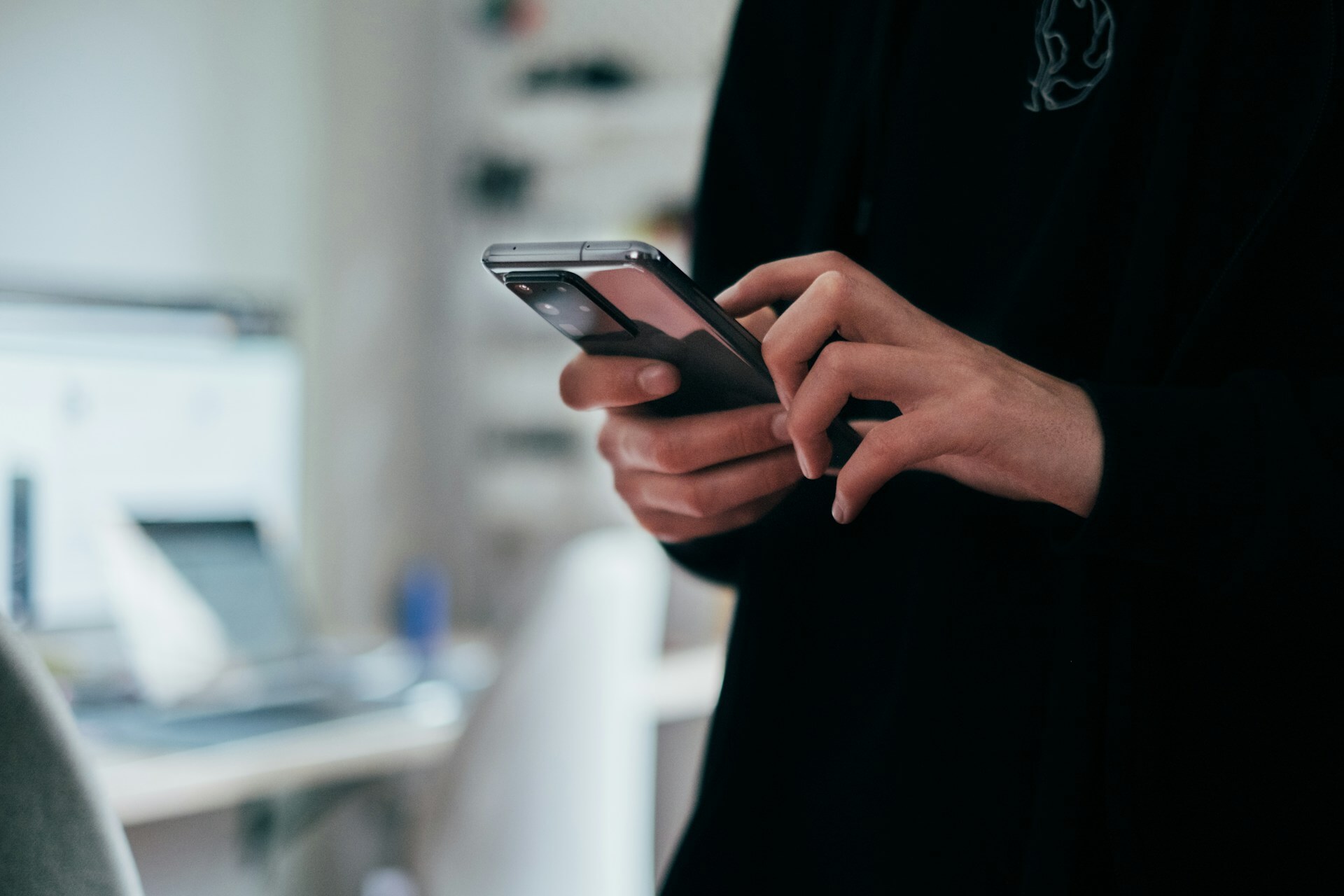Most of us spend all day staring at our phones. No matter if you’re reading the news, texting friends, or scrolling through social media, it is easy for screen time to add up without you even realizing it. Although phones can be useful tools, they can also leave you feeling exhausted, distracted, or even stressed.
But here’s the best part: you don’t have to give up your phone to improve. By establishing a few healthy boundaries, you can maintain the good aspects of technology and avoid the ones that suck the energy out of you.
Through this article, you’ll find easy-to-implement ways to develop a healthier relationship with your phone, without going off-grid.
📶 Why Phone Boundaries Matter
Phones are created to command your attention. Each bright color, red dot, or alert is intended to get you to tap and see what’s up. While it’s entertaining, too much time on your phone can damage your concentration and your attitude.
If you find yourself constantly “on,” or if you can’t even recall the last time you spent an hour without looking at your screen, that’s a sign you may need stronger boundaries.
It’s not about abandoning technology—it’s about creating space for other things that are important, such as hobbies, rest, and time with the people you love.
🕑 Create Simple Time Rules
One of the easiest ways to start is by setting clear times when you put your phone away. You don’t have to lock it in a drawer all day. Just take little breaks here and there where you can give yourself a break.
Here are some ideas:
- No phone before breakfast: Allow yourself to wake up without looking at messages.
- One hour screen-free before bed: This makes your brain unwind so you sleep better.
- Tech-free meals: Eat your meal and talk to the people you’re with without distractions.
These small rules give you moments of peace in your day. Even doing just one will make a difference.
🛑 Turn Off Non-Essential Notifications
Notifications have a way of distracting you from whatever it is you’re doing. If you have a beep or a pop-up every few minutes, it is nearly impossible to concentrate.
An easy solution is to disable notifications that you don’t actually need. Take the example of receiving a notification every time someone likes a photo. Chances are, you don’t need to.
Do this:
- Leave calls and messages on.
- Disable alerts for social media, shopping apps, and games.
- Review those apps when you choose, not when your phone vibrates.
This assists you in remaining in charge of your attention.
🌿 Use Do Not Disturb or Focus Modes
Most phones also have features that assist you in limiting interruptions. On iPhones, you can activate Focus Mode, and on Android, you can activate Do Not Disturb.
When you enable them, your phone allows only important items to come through, such as calls from loved ones. The rest can wait.
These modes can be programmed to activate automatically at specific times, such as during homework or when you are unwinding at night.
🏠 Create a Charging Spot Away from Your Bed
Most people charge their phones on their nightstand. But when your phone is literally beside your pillow, it’s hard not to pick it up, even in the middle of the night.
Experiment with charging your phone on the other side of the room or in another room. That small adjustment makes it harder to sleep without looking at one more thing.
📊 Keep Track of Your Screen Time
The vast majority of phones come equipped with a feature that indicates how much time you spend on each application. It is amazing to see how quickly the minutes do add up.
Put this information to use to guide you in making your own mini-goals. For instance, if you spend four hours per day on social media, try reducing it by 30 minutes.
Monitoring your progress can be encouraging and push you to continue.
🌟 Final Thoughts
You don’t need to relinquish your phone in order to have a healthier relationship with it. By establishing easy boundaries, you can still have all the positive things your phone has to offer without feeling stressed or distracted.
Remember, little changes can add up big. Begin with one or two of these ideas, and notice how you feel.
Which tip will you implement first? Let us know in the comments!


